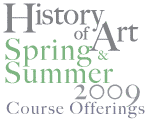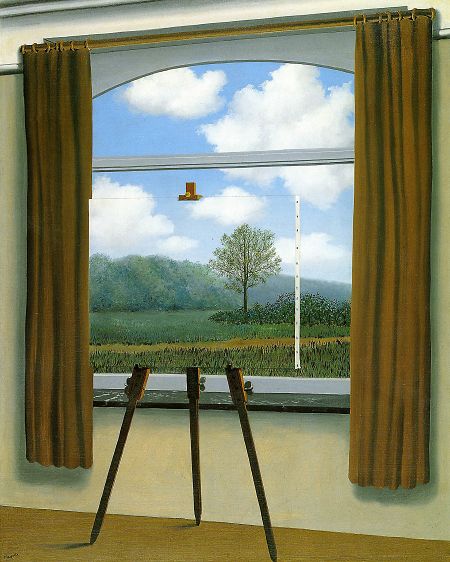This course will utilize the visual arts of Europe and the United States from the 14th century to the present as a platform for exploring significant political, social, cultural, intellectual and economic developments that have shaped the world we live in. This broad period of history produced the rise of science, liberalism, industrialism, nationalism, socialism, imperialism, fascism, and communism - all of which challenged and altered the core beliefs of traditional Western culture. Our goal will be to attempt to understand the role that art has played and continues to play in the shaping of history and culture. Rather than simply viewing artworks as windows into the past, we will see how art both reveals the nature of different peoples and cultures along with examining the possible role art has played in the shaping of history. In the present world, where visual sources constantly bombard people, this course aims to provide students with a set of critical filters to not only examine works of art from the past, but the different visual sources that they encounter in today's world.
Because this class is designed to teach you certain skills for analyzing art rather than a specific body of art historical knowledge, class attendance and participation are crucial. The skills you will develop while in class cannot be learned reading a textbook outside of class; you need to have personal experience with the artwork in order to learn how to analyze it.
In addition to your in-class interaction with key works of art, you will be assigned to read two historical novels, two scholarly books, a number of primary source documents, and a series of art historical articles that touch upon key ideas covered in the course. Also, we will be watching a number of films (or at least portions of them) which explore various factors in relation to history and art. These readings and film clips are not only designed to provide information regarding the history of art, but rather to open your mind to the processes and mechanisms by which history occurs and is consumed by both scholars and the public at large. While some of the books and movies could be considered pleasurable, they need to be examined critically in order for you to do well in the class, as you will be asked to integrate them into both you midterm and final exams. Estimated cost of materials: $50 or more, but less than $100.

